Sampling AI Solutions Offers Insight Into Possible Uses
To prepare instructors to successfully integrate AI into their courses, schools are providing a number of resources.
In fall 2023, for instance, the University of Texas at Austin partnered with Grammarly for Education to investigate how to use generative AI ethically and effectively in the classroom.
Grammarly was willing to provide access to the generative AI capabilities embedded in its writing assistant platform for the data-driven evaluation without students’ intellectual property being digested into its large language model, says Assistant Vice Provost of Academic Technology and Director of the Office of Academic Technology Julie Schell.
EXPLORE: Google Gemini has practical applications in higher education.
“Two years ago, we knew there was a real need to have balance between encouraging use but also being responsible in the adoption of AI on campus and providing support for our faculty,” Schell says. “We were able to work through some testing on the implementation of it in an environment we felt reflected responsible adoption and protected our students’ data.”
Eighty-three percent of the university’s pilot program participants said they had a positive experience with Grammarly’s generative AI tool. Their input was used to create the “Faculty Guide to Getting Started with Generative AI,” a handbook that contains instructional activities and lesson plans — and templates so faculty members can create their own.
“For the lesson plans, we’re using a framework that is based on long-established principles of instructional design,” Schell says. “For example, we know people learn best when their instructors know the learning outcomes that they want students to achieve. This toolkit is meant to help people engage with generative AI in a way that’s based on the things we want to foster, like evaluating output for its alignment with the intention.”















